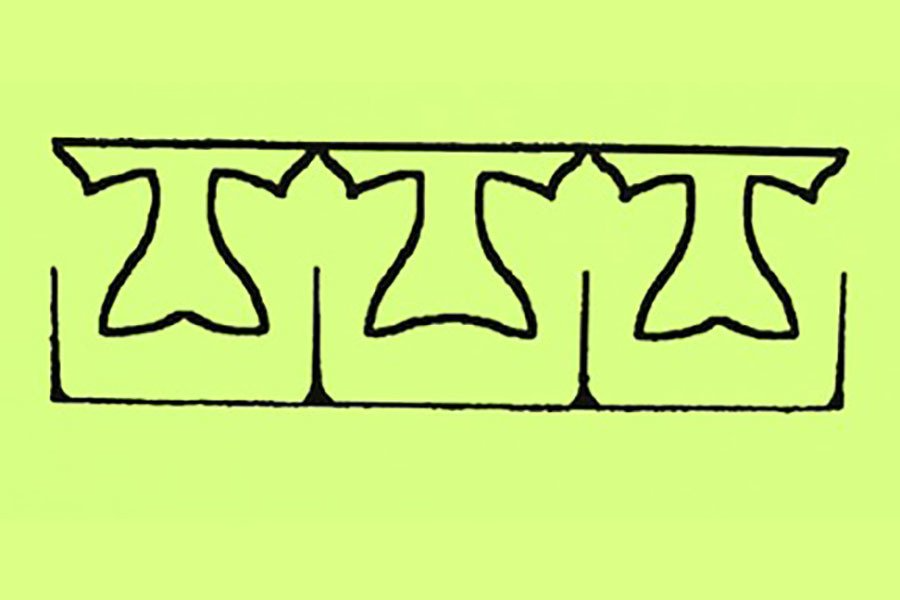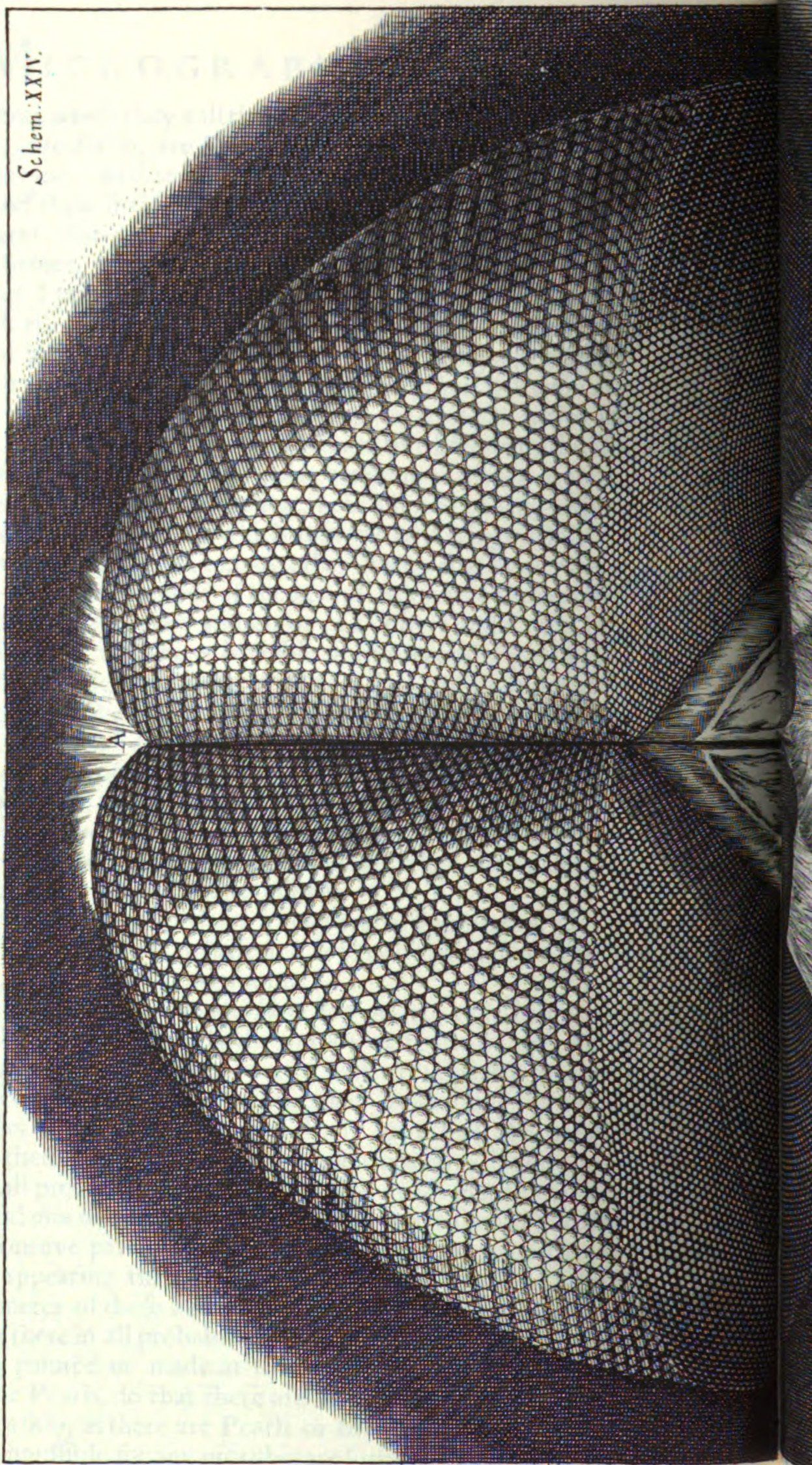LISTENING TO BEAUTY
LISTENING TO BEAUTY
Identifying the role of aesthetics in scientists' approach to nature
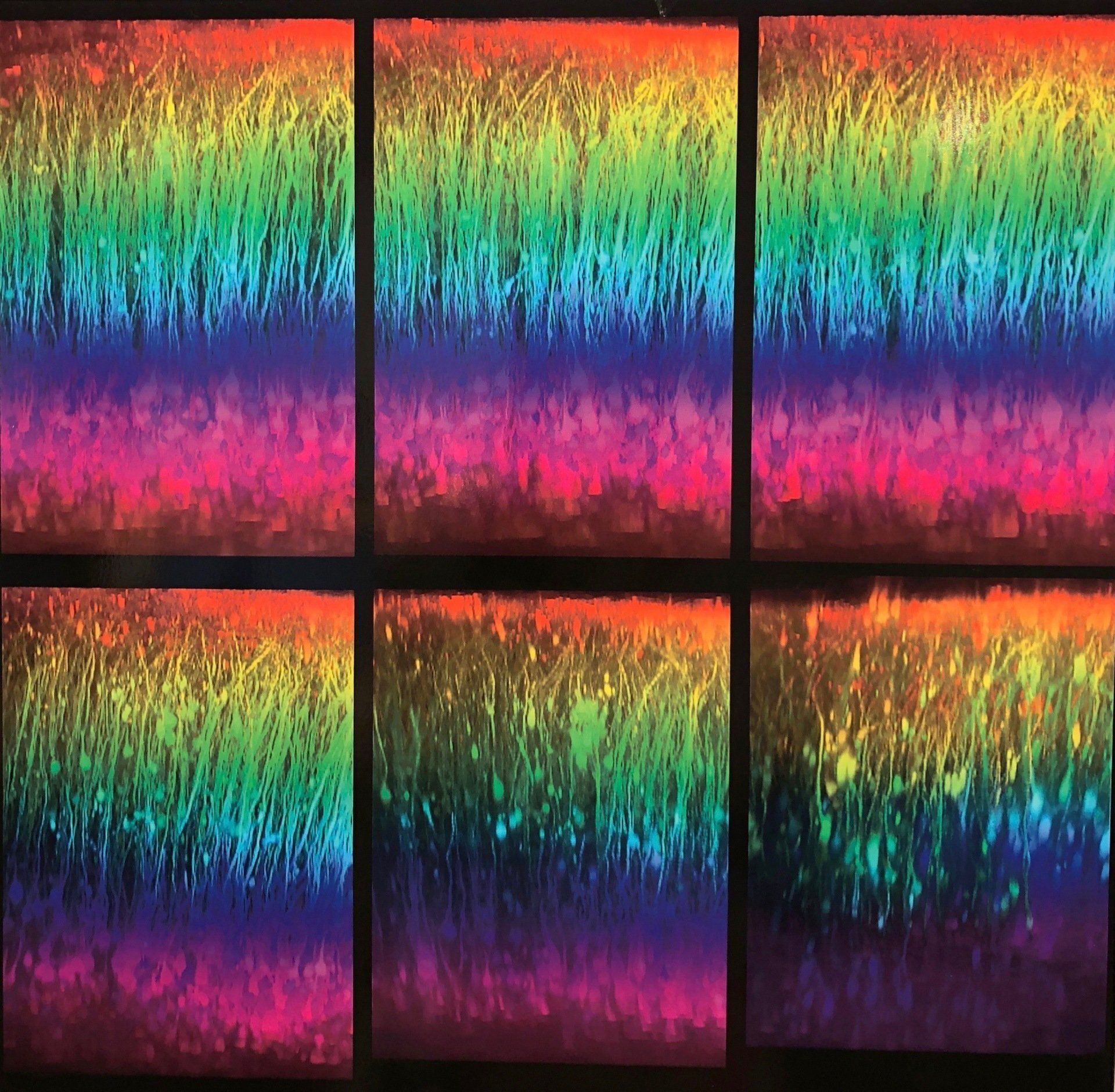
Slide title
In Vivo Characterization of Neurodegeneration
(Crowe & Ellis-Davies, The Beautiful Brain Exhibit, MIT)
Button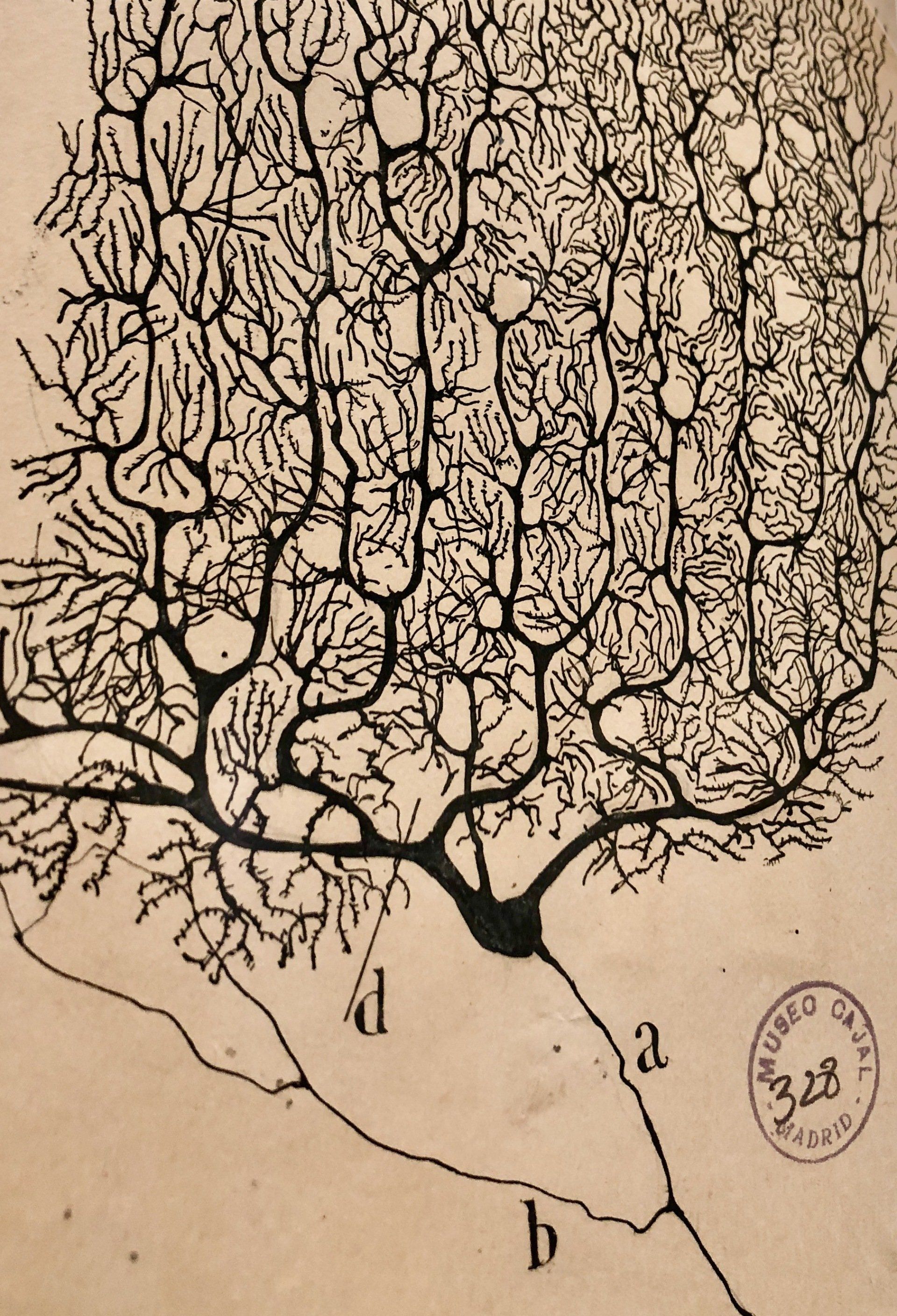
Slide title
A Purkinje Neuron from the Human Cerebellum
(Ramón y Cajal, The Beautiful Brain Exhibit, MIT)
Button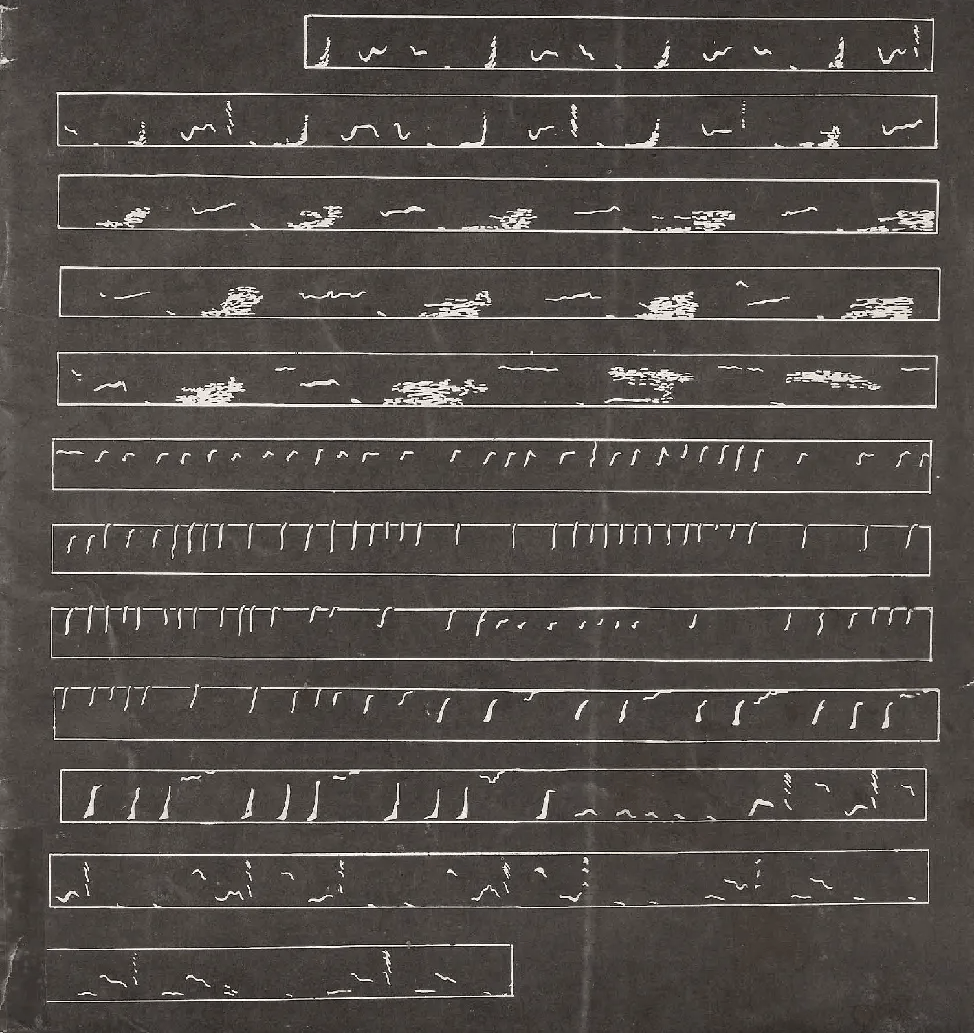
Slide title
Spectrograms of Whale Songs
(Roger Payne & Scott McVay, Science)
Button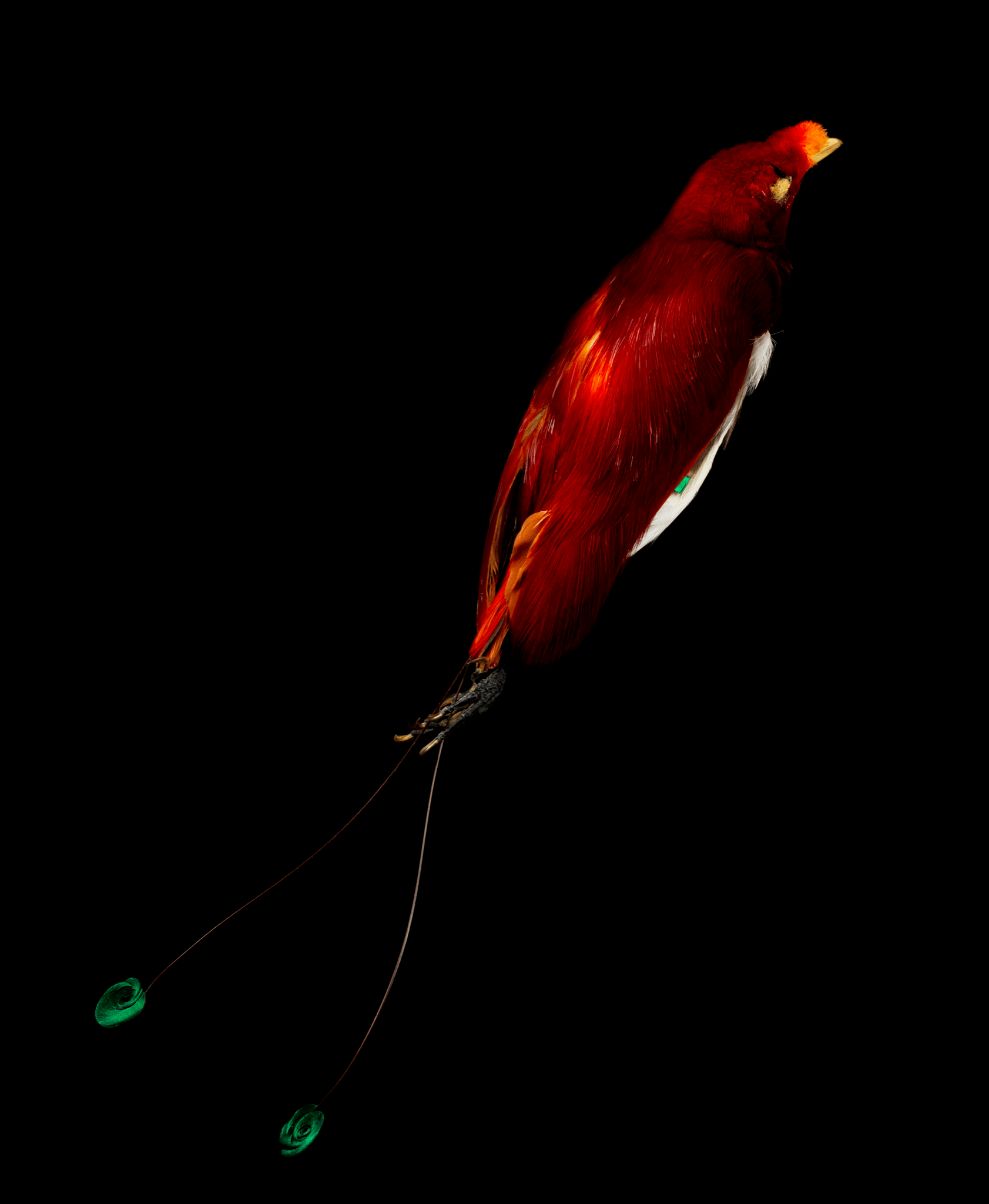
Slide title
Male King Bird of Paradise
(Kenji Aioka, NYT)
Button
Slide title
Outer Tail Feathers of the Male King Bird-of-Paradise
(Kenji Aioka, NYT)
Button
HOW AESTHETICS CHANGES SCIENCE'S RHETORIC
This book project, based on the dissertation that won the 2021 Rhetoric Society of America Dissertation Award, inflects rhetorics of science and science studies with case studies about the role affect, sensation, and feeling play in scientific invention. Often, scholars generate close readings and rhetorical analyses of scientific texts, studying the rhetorical dimensions of science once science is in its published, distributable form. Studying the non-rational elements of scientific practice, on the other hand, brings us to consider how scientific ideas are created in the first place.
Yet as Tom McLeish has argued, “Science is almost silent about its epiphanies and moments of inspiration” (The Poetry and Music of Science,
p. 4). Perhaps this silence persists because some of its methods of discovery are not institutionally and disciplinarily recognizable. The scientists studied in this project employ non-traditional ways of knowing and feminist epistemologies to make sense of the previously ineffable. Moreover, they turn to the idea of "beauty" to describe how the natural world languages.
From whale songs to bird feathers, the subjects of study in this project provide arguments for expanding the bounds of science beyond the institution, for challenging what can be considered scientific knowledge-making, and for contesting who can be considered a scientist.
WITNESSING THE OPEN SEMIOSIS: A METHOD FOR RHETORICAL LISTENING BEYOND THE HUMAN
Rhetoric scholars often turn to the sciences to understand animal rhetorics, but rarely query how scientists themselves listen to non-human modes of communication. This article in Rhetoric Society Quarterly demonstrates how biologist Katy Payne employs a fully embodied method of listening in order to hear the songs of the humpback whale as well as feel the infrasonic rumbles of African elephants.
Payne’s method of inquiry serves as a model for rhetorical listening beyond the human, and anthropologist Eduardo Kohn’s theory of an open semiosis is applied to understand Payne’s unique method. Rhetorical listening to the open semiosis offers a form of empiricism in which scientists, led by affect, intuition, and feeling, become more like witnesses than observers.
NEUROAESTHETICS OF VISUAL INVENTION: THE DRAWINGS OF SANTIAGO RAMÓN Y CAJAL IN THE BEAUTIFUL BRAIN
Scholars are well-versed on how words and images interact in scientific texts, but rarely are artistic drawings considered central to scientific ways of knowing.
This article in Visual Communication Quarterly turns to the field of "neuroaesthetics" to understand the productive role of art in scientific visual invention. The drawings of neuroscientist Santiago Ramón y Cajal serve as a case study throughout the article. Art, I argue, may offer scientists the epistemological resources needed to see around hegemonic paradigms in their disciplines.

